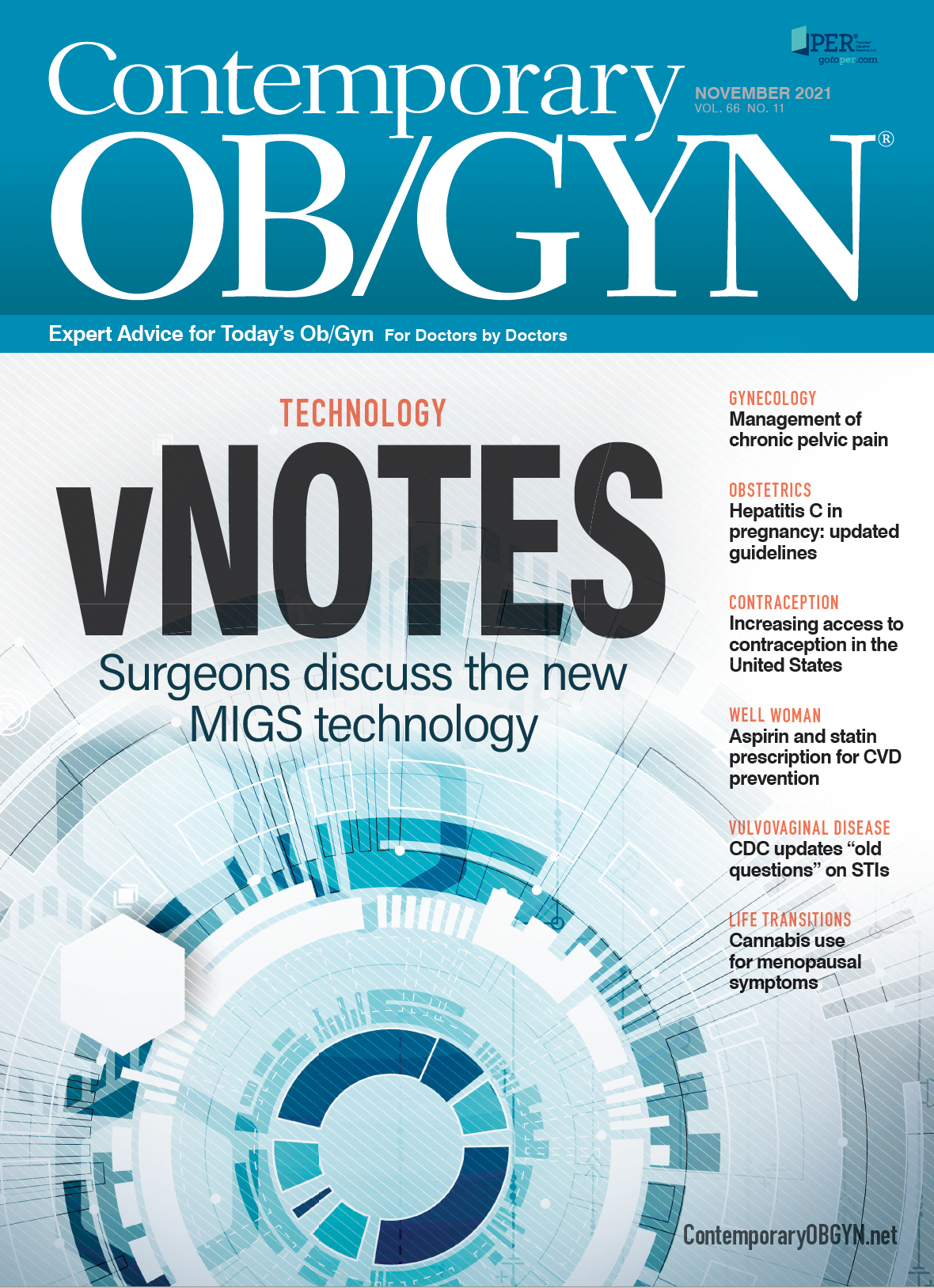The truth about aspirin and statin prescription for CVD prevention
Cardiovascular disease (CVD) remains the leading cause of morbidity for women in the United States. Prior to the update in 2020, published in the Journal of the American College of Cardiology, there had been no formal guidelines from the American College of Cardiology (ACC)/American Heart Association (AHA) specifically addressing CVD in women since 2011.
In her presentation at the North American Menopause Society’s (NAMS) 2021 Annual Meeting, Margo B. Minissian, PhD, of Cedars-Sinai Medical Center in Los Angeles, discussed the update’s critical topics related to risk factors and treatments that have led to controversies and confusion.1
Of all deaths in women worldwide, 35% of them are caused by heart disease. From 1990 to 2019, the prevalence of CVD in women has increased from roughly 150 million to 275 million. So what can be done?
“Improving lifestyle is the way to go. We can so personalize the way that we provide preventive medicine strategies,” Minissian said. “There is so much we can do as dieticians, nutritionists, physical therapists, nurses, and pharmacists. There’s so many different allied health care professionals that are there to help you,” she said.
Minissian also pointed out the importance of communication, urging clinicians to use their electronic health records. “We also text a lot. I find that I prefer to do that so they’re having a symptom, I can help get them over to the cardiac clinic quickly. However you choose, as a provider, to communicate with your patient, having those open communication channels helps empower them and give them confidence with their care,” she said.
When Minissian and her colleagues were reviewing their guidelines for primary prevention at the ACC2, there were many discussions around the prescription of aspirin for prevention in women. The group ultimately concluded that it is not appropriate for everyone, but there are specific individuals that will greatly benefit. “Say you see a patient, and they are taking a beta-blocker, ACE, or an ARB, they’re on a statin. You probably need to look for aspirin and make sure that they take a baby aspirin.”
Minissian also outlined a “maybe” category, which referred to patients who smoke, have an elevated CAC score greater than or equal to 100, or carotid plaque, and low risk for bleeding. Minissian also prefers to prescribe patients antihypertension medications that have a longer half-life: diuretics, calcium channel blockers, or ACE inhibitors.
Minissian concluded with the basics of statin prescription: “Someone with familial hyperlipidemia: Someone with an LDL greater than 190. Someone with diabetes,” she said. “They might have a very good cholesterol number. You just don’t have to choose a very high dose of a statin. The hardest part are those intermediate risk people. There are things we can do to help us with a tiebreaker,” said Minissian. The tiebreakers would be patients aged 40 to 70 years at borderline risk (5% to <7.5%) with risk enhancers. Providers should consider sex-specific risk enhancers like premature menopause and pregnancy-associated conditions that increase atherosclerotic cardiovascular disease.
References
- Minissian, M. 2021, September 23. Lipids, blood pressure, and menopause, oh my! [Session]. North American Menopause Society 2021 Annual Meeting, Washington D.C.
- Cho L, Davis M, Elgendy I, et al. Summary of Updated Recommendations for Primary Prevention of Cardiovascular Disease in Women. Journal of the American College of Cardiology. 2020;75(20):2602-2618. doi:10.1016/j.jacc.2020.03.060

S3E20: Brooke Faught, NP on sexual health, trauma-informed care, and the perks of meeting in-person
December 3rd 2021In this episode of Pap Talk, we took you with us to the North American Menopause Society's recent Annual Meeting. Sexual health specialist Michael Krychman, MD, sat down with Brooke Faught, NP, to learn more about her work at the Women's Institute for Sexual Health, her role on the NAMS Planning Committee, and her tips for talking trauma with patients.
Listen
